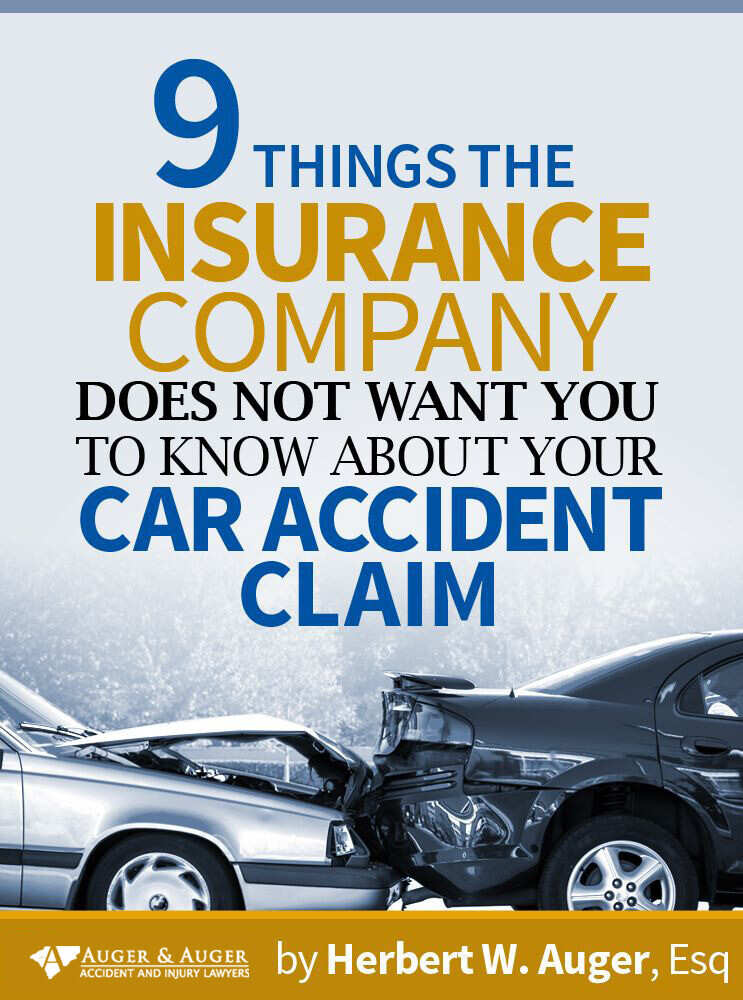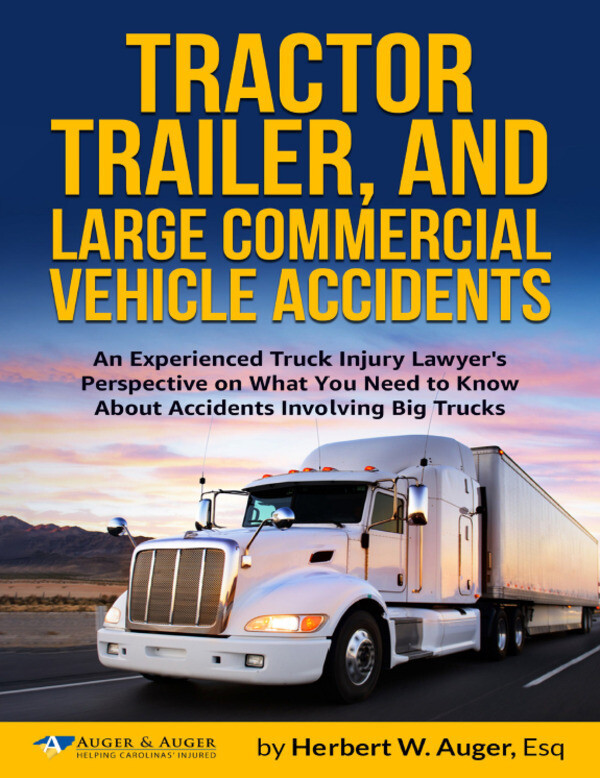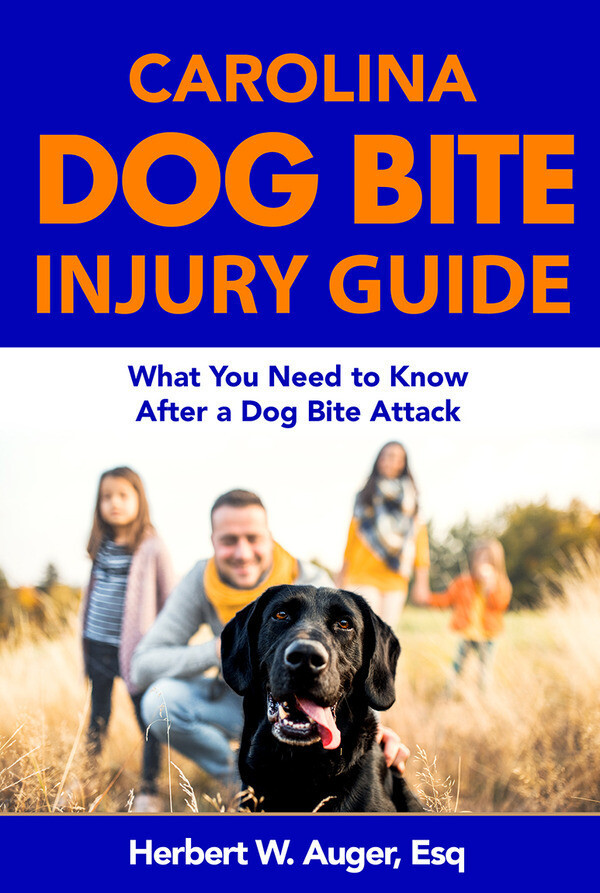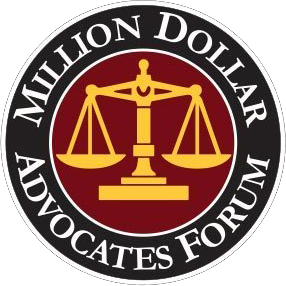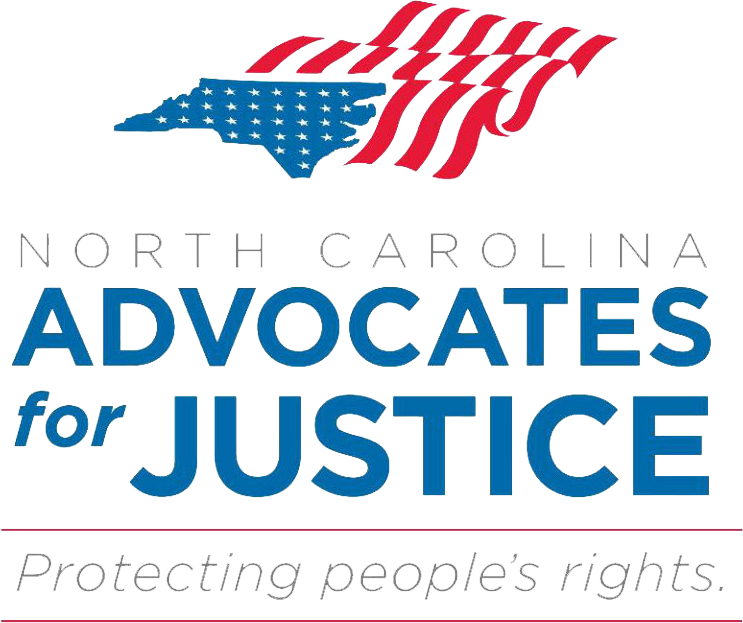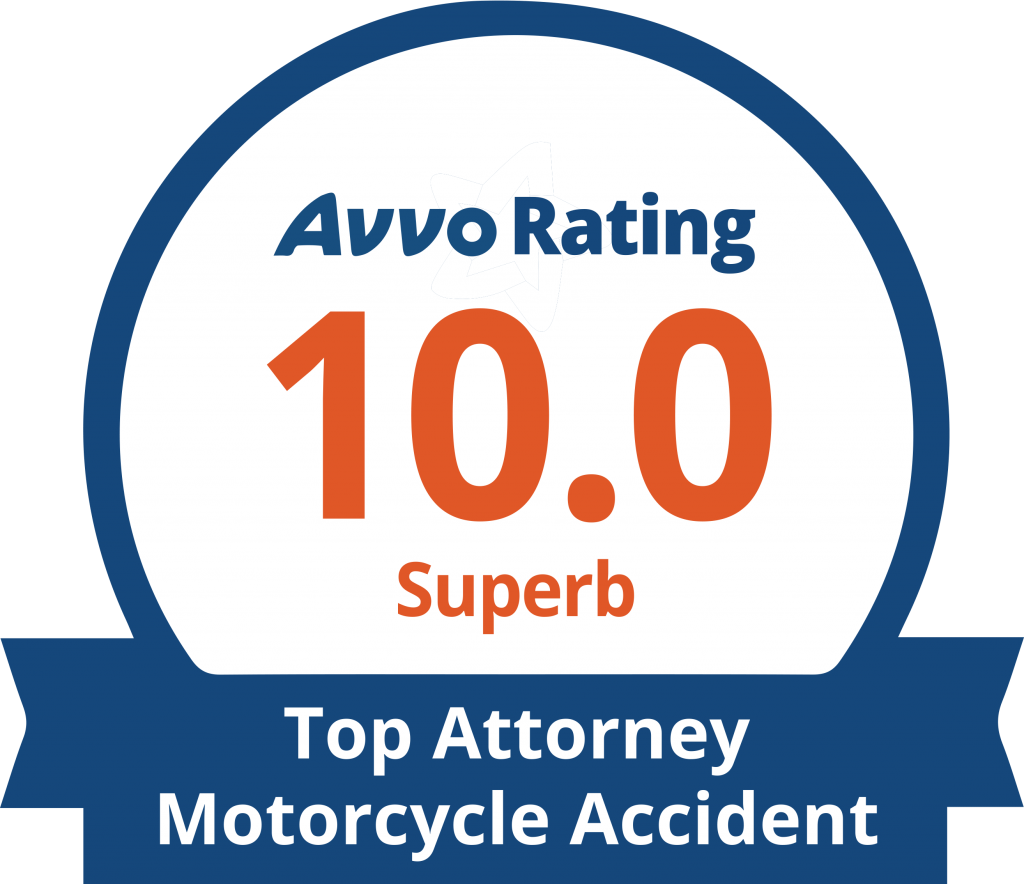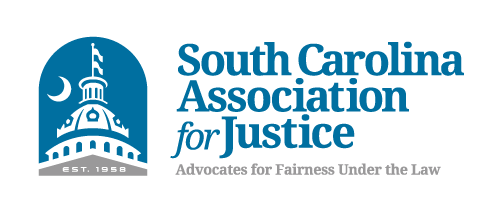Charleston Bicycle Accident Lawyer
The city of Charleston is historically rich and openly inviting to bicyclists and pedestrians alike with its narrow streets, sandy beach trails, and lush belt lines. Tourists park their bikes to pop into whatever charming shop has caught their eye. But everything can change in an instant.
A Charleston bicycle accident attorney knows that the city is a unique attraction and that you have the right to share the road. But we also know that statistically, South Carolina bicyclist fatalities are higher than the national average. Given the delicate structure of a bicycle and its rider’s vulnerability, a crash can cause severe injuries or death — and Auger & Auger Accident and Injury Lawyers want to see that you are compensated fairly for your medical bills, lost wages, and pain and suffering.
Charleston Law and Bikes vs. Motorists
There are two important statutes for bicyclists and motorists to be aware of in Charleston:
- SECTION 56-5-3435. Driver to maintain a safe operating distance between motor vehicle and bicycle. A driver of a motor vehicle must at all times maintain a safe operating distance between the motor vehicle and a bicycle.
- SECTION 56-5-3420. Rights and duties of bicyclists generally. A person riding a bicycle upon a roadway must be granted all of the rights and is subject to all of the duties applicable to the driver of a vehicle by this chapter, except as to special provisions in this article and except as to those provisions of this chapter which by their nature can have no application.
These statutes do not add much more clarity than ‘everyone needs to be responsible for themselves.’ Maintaining a safe distance from bicycles is a good start, but this won’t prevent accidents. Many crashes between bikes and cars occur because the driver never saw the bicycle in the first place. Other bicycle accidents occur when the driver is confused about who has the right of way.
Here are some other legal guidelines South Carolina has set out for keeping bicyclists safe:
- With some exceptions, bicyclists should stay to the right as much as is practical. To this end, bike riders may ride on the shoulder when it is the best option, such as on two-lane roads without bike lanes or sidewalks (common in rural areas). However, they are not required to ride on the shoulder.
- The bicyclist doesn’t have to use the right-hand lane if it would prevent them from following their planned route.
- When bike lanes are available, bike riders should use them.
- Bike riders are allowed to pass a standing vehicle or one going in the same direction as the bike, but they should do so carefully.
- When riding in a group, bikers should not ride more than two abreast except in bike lanes, other paths, or areas designated for bicycles. The idea is to prevent a bicycling group from blocking vehicle traffic. As long as you follow this rule, biking in a group is a good idea, as it’s easier for a vehicle driver to notice multiple riders than a single one.
- Bikes should have brakes in good working condition and reflectors and headlights if you do any night riding.
- The biker should use appropriate hand signals when making a turn or coming to a stop.
- Packages should be secured in a bike basket or backpack, so the rider’s hands are free to remain on the bike handles. If this won’t work, the item is probably too large to transport by bicycle safely, and you should consider other options.
Responsibility vs. Liability
A bicycle is no match for an automobile or truck. With the innovation of bike lanes came the hope of solving the issue; putting more room between riders and drivers. Unfortunately, they only work if you use them, and when they exist on the road you’re traveling, and if automobiles and trucks take them into consideration while maneuvering their vehicles near you.
As a bicyclist in Charleston, you have the right to be on the road — but so does the vehicle that hit you. If that driver fails to maintain his lane and crashes into another car, he can be held strictly liable, so why not when a bicyclist is a victim? Often the vehicle driver and bicyclist disagree about who was in whose lane. The motorist may insist you cut in front of them when you know they crossed over into the bike lane. Sometimes, if there don’t appear to be any witnesses around, the police officer who responds to the scene may not be able to identify who was at fault.
This situation can be problematic when you need help with medical bills, damage to your bike, lost wages from the time you missed at work, and more. If you file a claim with the car driver’s insurance company, there’s a good chance they will reject your claim, especially if the driver has already told them their side of the story. The insurance company, after all, will happily take any excuse to deny a claim and save themselves some money. So the driver has an excuse for hitting you, and the insurance adjuster has an excuse for not paying your claim – now what do you do?
Excuses run rampant, but what proves the point are witnesses, an investigation, and crime scene photos or videos. Auger & Auger will send a Charleston bicycle accident attorney team to the crash site to ensure you have the help and background details necessary to recover physically and financially. While the local law enforcement agency may have had minimal time and resources to look into your accident, we can spend as much time as it takes to investigate thoroughly. We look for witnesses who live or work in the area and may have been missed at the time of your accident, as well as potential sources for photos or videos, such as traffic or doorbell cameras or even bystanders with phones. In many cases, we can turn up more evidence to build your case.
How Can You Stay Safe While Riding a Bike?
It isn’t possible to prevent every bike accident – sometimes, a driver just comes out of nowhere and hits you through no fault of your own. However, following best safety practices can help reduce your risk:
- Much of bike safety is about helping other people see you. Always wear bright or reflective clothing, or add reflectors to what you already have. Use your bike’s headlight at night and any time you think visibility is reduced – gray, rainy, or cloudy days, in fog or smoke, etc.
- You should also slow down when visibility is low. It may be harder for you to see cars or any object in your path.
- Always wear a bike helmet, no matter what. If the worst-case scenario happens and you are in an accident, your bike helmet can protect you from serious injuries. The CDC reports that the use of a bike helmet lowers your risk of bicycle-related head injuries by 80 percent. Sadly, less than 20 percent of adults and only 15 percent of kids say they wear their helmets all or even most of the time they ride.
- When you approach an intersection or go to turn out onto the street, carefully look left, right, then left again before making your move. Also, listen for the sound of approaching cars, especially if you’re on a street where the foliage or other landmarks may block your view of parts of the road.
- Check your bike’s tires, brakes, and headlight before leaving.
- If you’re riding on the shoulder, ride against traffic rather than in the same direction.
- Avoid distractions, and help your friends do the same. If you see someone texting or checking their phone while riding a bike, tell them to put the phone away and concentrate on their biking. Secure your phone in a pocket where it will be easy to reach if anything happens and you need to call for help.
- Don’t ride a bike under the influence. Call a ride share, catch a ride with a friend, or consider spending the night where you are if it’s safe.
Types of Bike Accident Injuries
The type and severity of injuries in a bicycle accident depend on many factors, including the speed of both the bike and the car, the angle at which the bicycle was hit, if the rider was ejected from the bicycle, and if there was a second impact (the bike or rider hitting another stationary object, etc.). Every case is different, but here are some injuries we frequently see in these collisions:
- Traumatic Brain Injury or TBI, or concussions. If you’re still on the fence about that helmet, you should know that bicycle accidents are the leading cause of sports or recreation-related TBIs in the US. Between 2009 and 2018, there were 596,972 emergency room visits for bicycle-related TBIs. While some people recover fully from a TBI or concussion, others may suffer chronic pain or neurological symptoms, and some even develop a permanent disability. Cognitive difficulties, difficulty walking or moving around, chronic headaches, confusion, seizures or epilepsy, and other neurological issues may all be symptoms of a long-term TBI.
- Broken bones. Unfortunately, breaking an arm or leg in a bicycle accident is very easy. You may also suffer broken hands, feet, ribs, or a clavicle fracture. Sprains, strains, and dislocated joints are also common. Even injuries that seem basic may take weeks or months to heal fully and may require extensive physical therapy. Depending on what you do for a living, you could be out of work for a long time.
- These may be minor – just a few scratches – or they may be more serious and require stitches. Some people receive cuts from broken glass or debris, but “road rash” is also very common. This term refers to the scrapes that may occur when your skin contacts the pavement. In some cases, road rash can be very painful, as gravel and other debris could get into the wound, and a healthcare provider must thoroughly clean it. Some bicyclists may end up with significant scarring.
- Back or neck injuries. Some of these may clear up after a few days, but in other cases, the victim may develop chronic pain. If there is any damage to the spinal cord, permanent paralysis is also possible.
- Internal injuries. Your ribs and spine offer some protection for your internal organs, but they can’t prevent every injury. Some bicyclists may suffer internal bleeding, bruising, or damage to their vital organs. In severe cases, you may need surgery to correct these issues.
- Face, eye, or tooth damage. Although a helmet may protect your face in some cases, any contact with the ground or another object can lead to injuries in the face area. These range from facial fractures to loss of one or more teeth. Occasionally an object makes contact with the eye, causing vision loss or other damage.
If you are hurt in a bicycling accident, we encourage you to get medical attention, even if you think your injuries were minor or that you’re okay. Sometimes injury symptoms don’t appear until later, and it’s helpful to let your doctor know that you were in an accident. They can screen you for potentially serious issues like brain injuries.
Charleston Bicycle Accident Lawyers at Auger & Auger
Auger & Auger Accident and Injury Lawyers has just the right Charleston bicycle accident attorney to see you through the devastation following your bike accident or that of your loved one. As successful litigators in countless claims, we know exactly how traumatic injuries can be for the victims — and it is our first concern to step in and monitor the situation, keeping you informed all the way.
Call (843) 751-4690 today for your free consultation, with no fees due until recovery!
